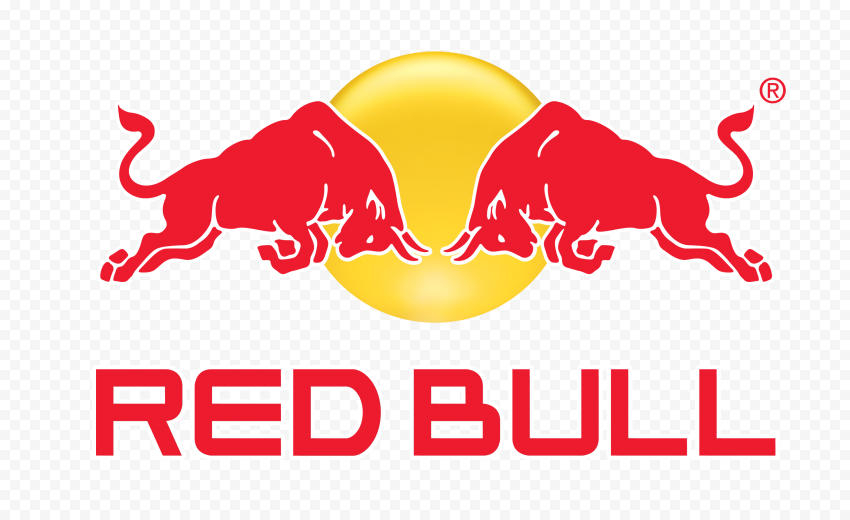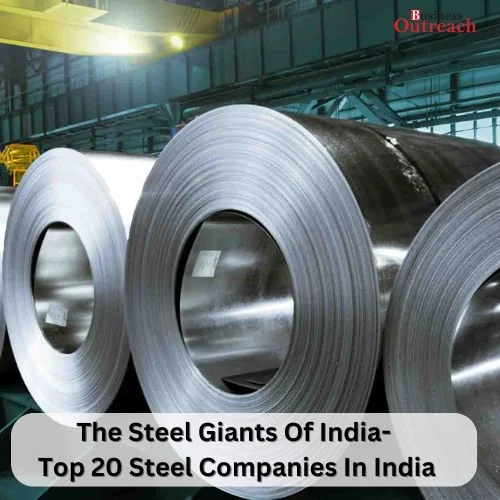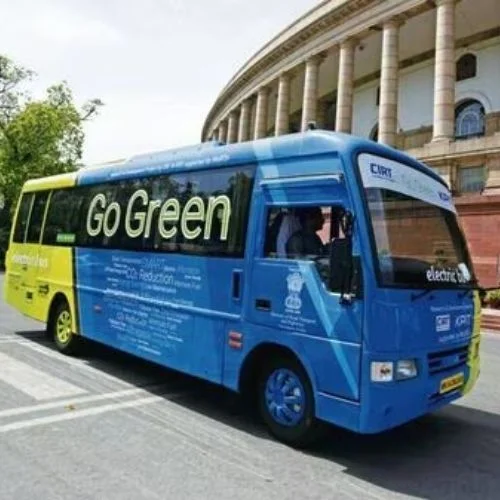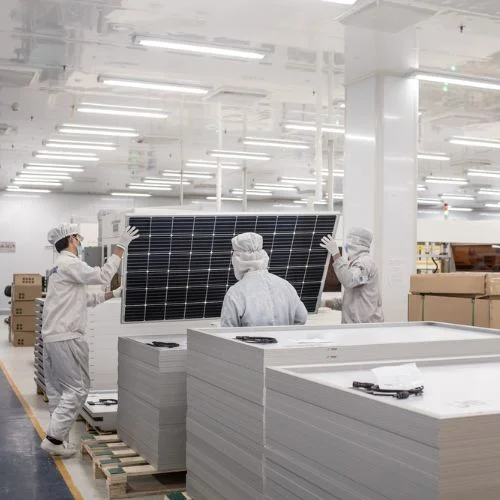Red Bull is an energy drink made by the Austrian company Red Bull GmbH, founded in 1987. It sells its world-famous beverage. It sold 7.5 billion cans of soft drinks in 2019.
From the beginning, the roar of the drink increased rapidly. Red Bull has the largest market share of any 40% energy drink. Red Bull owns cars, jets, and sports clubs, but not production facilities. Let’s take a look at her business model and how she makes money.
About Red Bull
Dietrich Mateschitz, an Austrian businessman, was influenced by the powerful Krating Daeng drink, which was first introduced and sold in Thailand by Chaleo Yoovidhya. He took the idea, prepared ingredients to attract Western palates, and founded Red Bull GmbH in Chakkapong, Thailand, and Chaleo in 1987.

Red Bull’s vision is to uphold Red Bull’s standards while maintaining a leading leadership position by providing unique customer service in a highly efficient and productive manner. According to Red Bull, the human body needs more taurine than it does naturally during physical activity, which you need to drink.
What is the Business Model of Red Bull?
The energy drink is produced by a Thai licensee, not by the Austrian business. Mateschitz’s firm is not a drink maker, even though he changed the original formula to appeal to the European palate. Instead, Red Bull’s resources and work are devoted to establishing and sustaining the Red Bull brand’s strong brand image. Red Bull promotes cliff diving, BMX, skiing, flying, downhill and free-ride mountain biking, and skateboarding, among other extreme sports. The Red Bull insignia is frequently seen on the parachutes of base jumpers and wingsuiters. Red Bull even sponsored Felix Baumgartner’s world record-breaking jump in 2012, in which he broke the sound barrier in freefall. Aside from sponsorship, Red Bull owns Flugtag (an acrobatic flying competition), the Red Bull Air Races, and teams in several sports like F1, NASCAR, soccer, and ice hockey.
The Company Has Wings
Red Bull’s emphasis on brand image rather than product innovation matches nicely with its consumer value proposition. Red Bull consistently connects with customers on a deeper level than traditional advertising by sponsoring and owning extreme sports teams: it allows customers to feel active and edgy by drinking from a can that bears the same emblem as a Formula 1 vehicle, a skateboard, and a record-breaking parachute. Red Bull frequently distributes energy drinks on the site of events it produces or supports to capitalise on this characteristic of its business strategy. Red Bull’s recent decision to sponsor Olympic competitors like Lindsey Vonn has allowed Red Bull’s name to be connected with the sport.
Red Bull’s recent sponsorship of Olympic athletes such as Lindsey Vonn has allowed the company’s name to be connected with triumph and success. Instead of paying marketing resources to get Red Bull on the back cover of Sports Illustrated, the corporation invests sponsorship funds to get on the front cover, raising the drink’s perceived value. The biennial Red Bull Flugtag, in which participants attempt to fly home-made human-powered flying vehicles off a pier approximately 30 feet over the water, allows Red Bull to communicate with consumers more personally while also creating a fun event for Red Bull drinkers to participate in. By doing so the close alignment between supporting extreme athletic events and marketing an edgy product, Red Bull has been able to maintain its market leadership in its category.
Experience sells of Red Bull
The company may charge higher prices for its products due to its association with dangerous games and the unique Red Bull logo. Consumers, especially young men, are more interested in the full “life” experience related to Red Bull’s life than in its product or actual use.
Reverse Innovation of Red Bull
Krating Daeng is a low-fat, sugary drink in Thailand in the 1970’s. It was first introduced in Thailand as a source of refreshment for Thai workers in rural areas.
Dietrich Mateschitz, an Austrian businessman, discovered Krating Daeng while working in Thailand. He then introduced Red Bull to the Western market with a new formula and marketing strategy.
Sponsorship of Red Bull
A company that combines its brand with a logo seeks broader economic support, public relations, and the benefits of placing the product in a highly competitive sports sponsorship area. Support is not expected to be helpful to people; instead, it is a commercial partnership that benefits both parties.

By abusing their connection with the athlete, team, tournament, or sport itself, sponsors strive to make the public trust, accept, or agree with the media view of the game established or acquired. In addition to the sponsorship, Red Bull owns the Flugtag (acrobatic airline competition), Red Bull Air Races, and various sports teams, including F1, NASCAR, and ice hockey football.
Sustainability of Red Bull
Environmental impact assessments are conducted by companies that manufacture fast-moving goods and consumer services that are committed to sustainability. Green strategists and product definition staff work with product and service designers, environmental groups, and government agencies.
How does Red Bull make money?
The Red Bull brand name and image, as well as other development strategies, have paid them well to become the giant they are now, as evidenced by the sales and acquisition of a large market. Red Bull Energy Company is making money by selling its signed beverage, Red Bull. It is a product that meets the needs of its customers.
They also benefit from the promotion and publicity of Red Bull’s powerful beverage, which promotes sales. Consider this: a company that sells nearly 7.5 billion cans annually generates an estimated $ 6 billion. Customers respond in this way to their products.
According to a supplement to the Austrian company register, Red Bull’s revenue increased by 10% to $ 971 million last year as revenue increased by 8.6% and dividends. The energy drink behemoth consists of six football teams, two race teams, and tens of thousands of athletic clubs.
It is clear that Red Bull is involved in more than just selling energy drinks, and the Red Bull energy drink company makes money by selling and marketing.
What Makes Red Bull Different?
Red Bull is a powerful drink with a “cool” image among teenagers because of its association with dangerous sports. Windsurfing, cliff diving, rock climbing, Formula One, and its Air Racing series have benefited from the emergence of the product in extreme sports.
In addition, young people seem to be doing things that are rarely caught in sports programs. Because those people, the extreme athletes, are not well known, the average person can associate with them more than an outstanding athlete.
It enters a huge market — both for the negative reasons of the elderly and for the Red Bull target market: the 18- to the 34-year-old crowd — by word of mouth and by youth.
Each can of Red Bull costs about $0.09. A can has a suggested retail price of USD 3.59. Customers such as Walmart and supermarket retailers pay between $44 and USD 48 for every case of 24 cans. That equates to USD 1.87 per can, more than 20 times the cost of manufacture. Mateschitz began by focusing on the club scene to develop a market for his goods. Since the firm aggressively used “student brand managers,” it’s difficult to envision a college party without several packs of Red Bull on hand. Brand managers were prominent university students who were encouraged to advertise Red Bull on university campuses and arrange parties at various venues that were provided by Red Bull. Volkswagen Beetles with larger-than-life Red Bull cans hooked to their backs appeared with free samples at beaches, colleges, gyms, and even business buildings. The bartender immediately realised that this new cocktail was a moneymaker. Since the mixes become two of the most popular cocktails in bars all over the world, you’ve probably had at least one Red Bull blended with Vodka or Jager. Soon after, the beverage was offered in nightclubs and festivals all over the world, giving the Austrian brand a competitive advantage.
The Red Bull marketing machine was just getting started. Through sponsorship and ownership of sports teams, Red Bull communicates with customers in ways that traditional advertising cannot. Customers may feel energetic and intense by drinking from a can with the same emblem as a Formula 1 vehicle, a skateboard, and a record-breaking parachute. Red Bull uses tale-performing instead of serious narrative telling. They don’t use traditional marketing or seek stories to be linked with. They write their tales and produce material through their own media company. That is, they own the copyright to any photographs taken during their events.
With social media, this leads to viral communication effects that significantly boost marketing ROI. Felix Baumgartner’s space leaps from 2012 were the pinnacle of Red Bull’s story-telling. The endeavour cost Red Bull an amazing USD 50 million, but some analysts believed that global coverage of the event was worth USD 6 billion. So it was most likely worthwhile.
Red Bull maintains its market leadership in its category through sponsoring extreme sports events and marketing cutting-edge products. In 2019, they sold 7.5 billion cans, contributing to a revenue of more than USD 6 billion. To generate that much money, they spend over a third of their budget on marketing. Despite its massive marketing expenditure, Red Bull’s sales growth has slowed since 2012. The corporation is nearly entirely dependent on one product: the energy drink. This restricts its growth and can become a major problem in the future, especially with a rising understanding of health and nutrition. The focus on a product that promotes fat, sleeplessness, and diabetes may eventually backfire.
Investing in sports teams and media creation is thus more than just marketing; it is an attempt to diversify and establish different value chains in addition to the canning industry. Red Bull uses a fully integrated entertainment and media value chain to operate sport as a business, ranging from media production through club ownership, broadcasting agreements, and contract administration.
Conclusion
Red Bull strongly emphasizes the brand image rather than the new product in line with the consumer-based business model. Red Bull’s money and work is invested in creating and maintaining a strong Red Bull brand image. The Red Bull logo is often seen on parachute base jumpers and wing-suiters. Red Bull often distributes energy drinks at events they host or sponsor.
With Red Bull’s recent decision to support Olympic rivals like Lindsey Vonn, the company’s name has become synonymous with victory and success. Red Bull is not investing in an illustrated back cover. Instead, it looks and invests in its sponsors to get into the front cover, increasing the growth and relevance of its product.
Red Bull has retained its market leadership because of its strong alignment between sponsoring extreme athletic events and selling an already important product.














